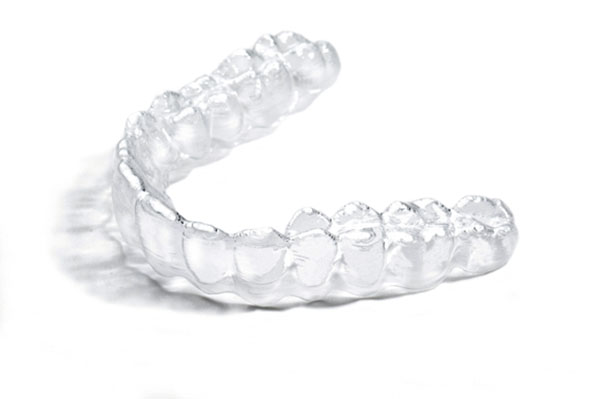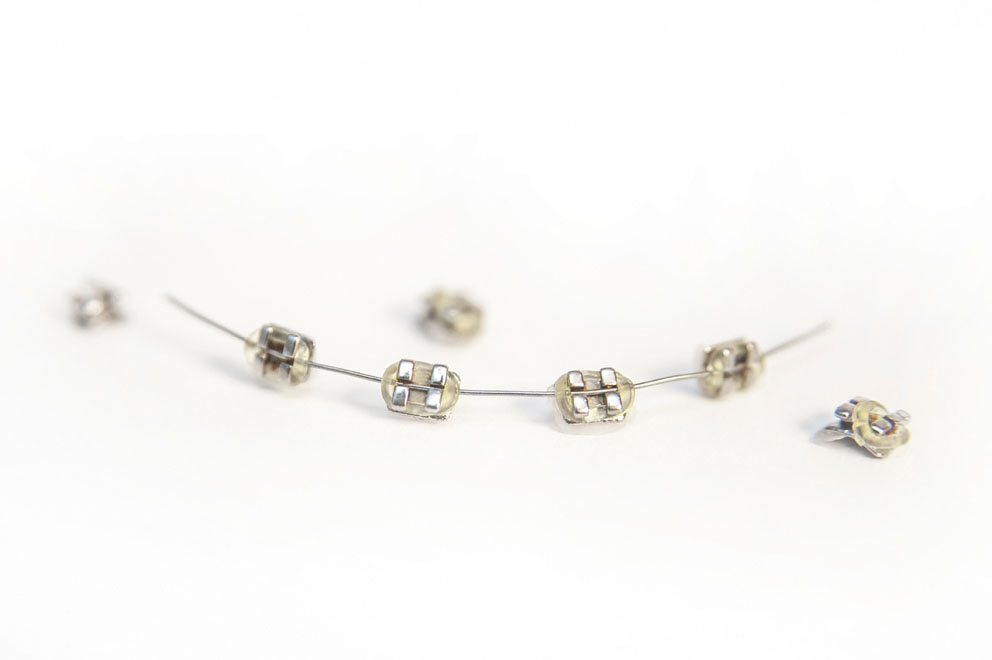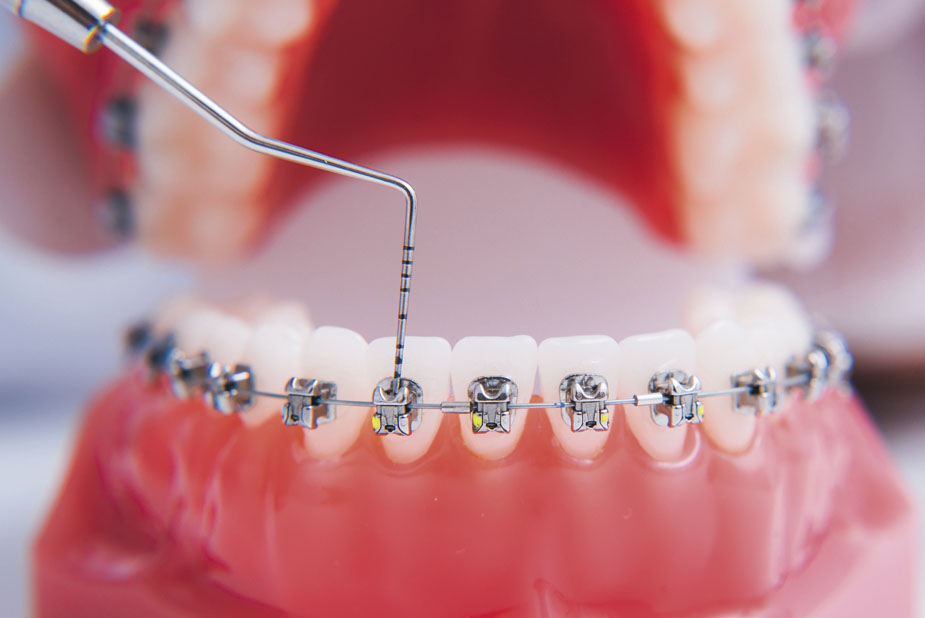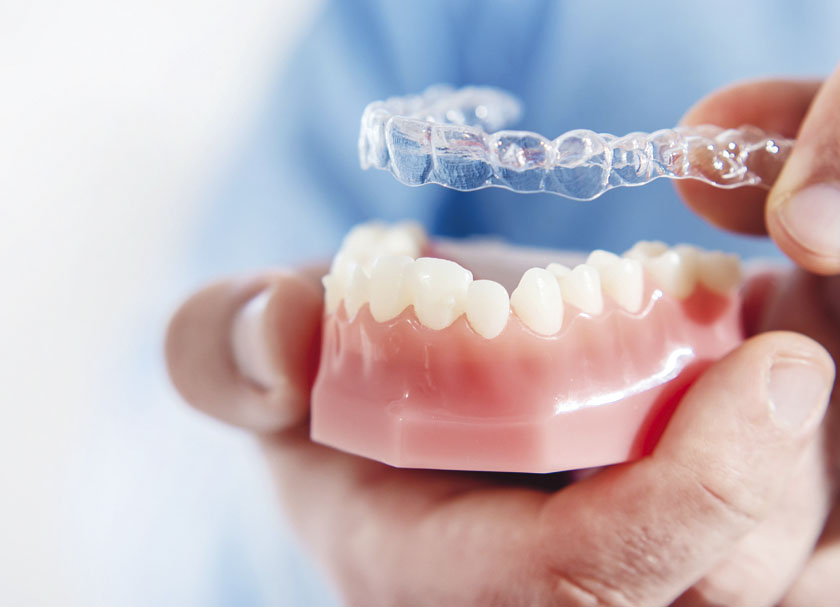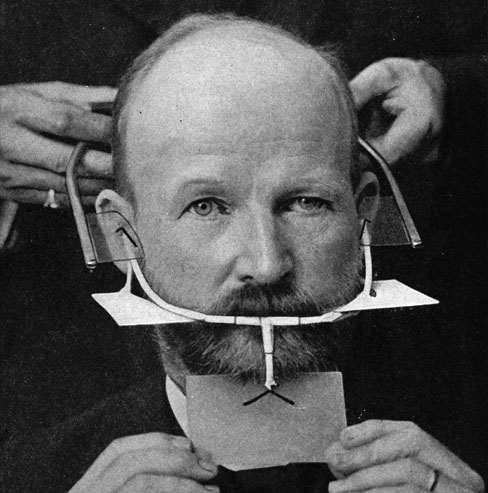
Chief Specialist of the Unident Dentistry chain of clinics, Candidate of Medical Sciences, Head of the Department of Pediatric Dentistry and Orthodontics at the PFUR (Peoples’ Friendship University of Russia)
In modern cosmetic dentistry, there are many effective orthodontic methods for correcting the position of teeth to correct the bite and restore the patient’s ability to smile openly. The most widespread are bracket systems and eliners.
What are the features of each method, what the doctor needs to consider when choosing and what to warn the patient – in the material of the expert.
DIFFERENCES BETWEEN BRACKETS AND ELINERS
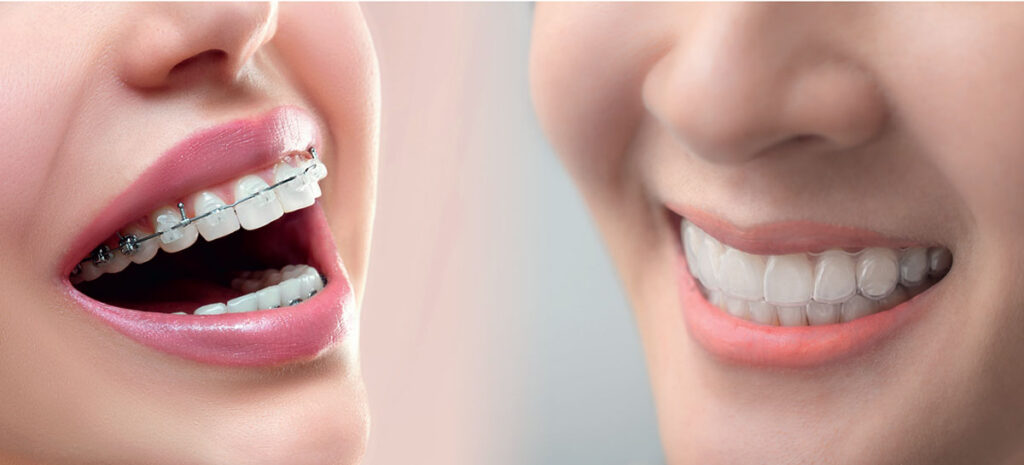
Bracket systems are non-removable appliances that consist of individual elements connected by a metal arch.
Eliners are removable clear mouthguards that are made of special plastic individually for each patient.
CORRECTION
The elements of the bracket system (metal, ceramic, composite) are attached to the surface of the teeth with a special double-curing composite cement, and a shape-memory arch is passed through them, which, acting on the teeth, sets the correct direction for the alignment of the teeth. The arch, depending on the design of the bracket, is secured with ligature (metal wire) or held in place by locking the element itself.
Eliners are placed on the upper and lower teeth, tightly fixing the teeth from all sides, pressing and gradually aligning their position, but if necessary (for example, during meals) the patient can remove them independently. As the teeth shift, new mouthguards are made for the patient and replaced in stages.
PATIENT MANAGEMENT
When treating a patient with a bracket-system, the doctor follows a standard protocol and most often relies on his or her experience. He does not have the ability to visualize the treatment process, see how the tooth row will change, and accurately predict the end result. These tasks were partially solved by CAD/CAM system (technology of computer modeling and manufacturing of orthodontic constructions), which allowed to match the bracket system to the patient’s individual parameters as accurately as possible. But right now, many dentists are being denied the opportunity to work with this system. In addition, its use significantly increases the cost of orthodontic treatment.

Eliner management is a virtual treatment plan that involves modeling the dentition and developing a step-by-step strategy for correcting tooth position abnormalities. The doctor is able to control all tooth movement at every stage and a predictable treatment result that he or she can show the patient immediately (even before the eliners are made). This visibility is very important, it becomes a good motivation for the patient. Therefore, treatment with eliners is becoming more widespread every year, especially in combination with other methods. And it will be even more in demand in the future, as new developments that expand the capabilities of eliners are constantly emerging.
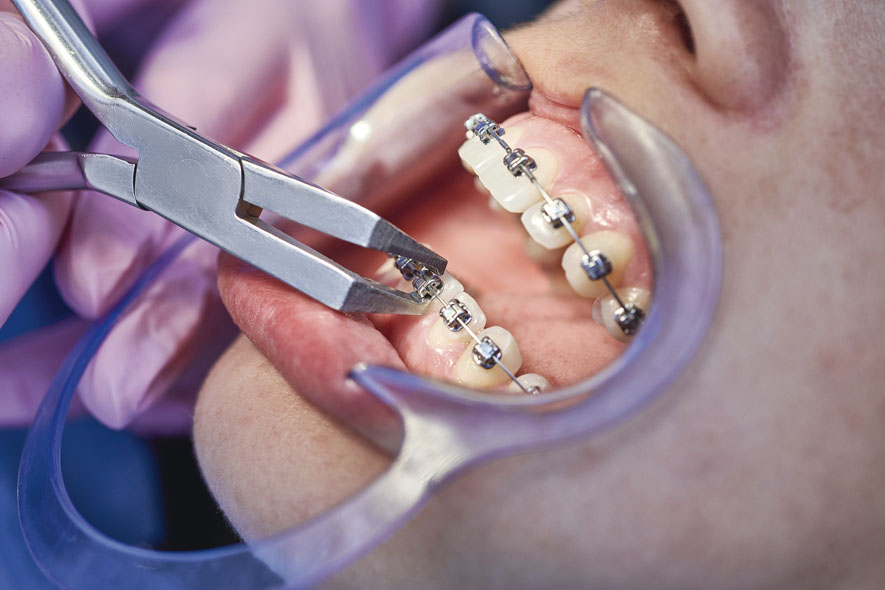
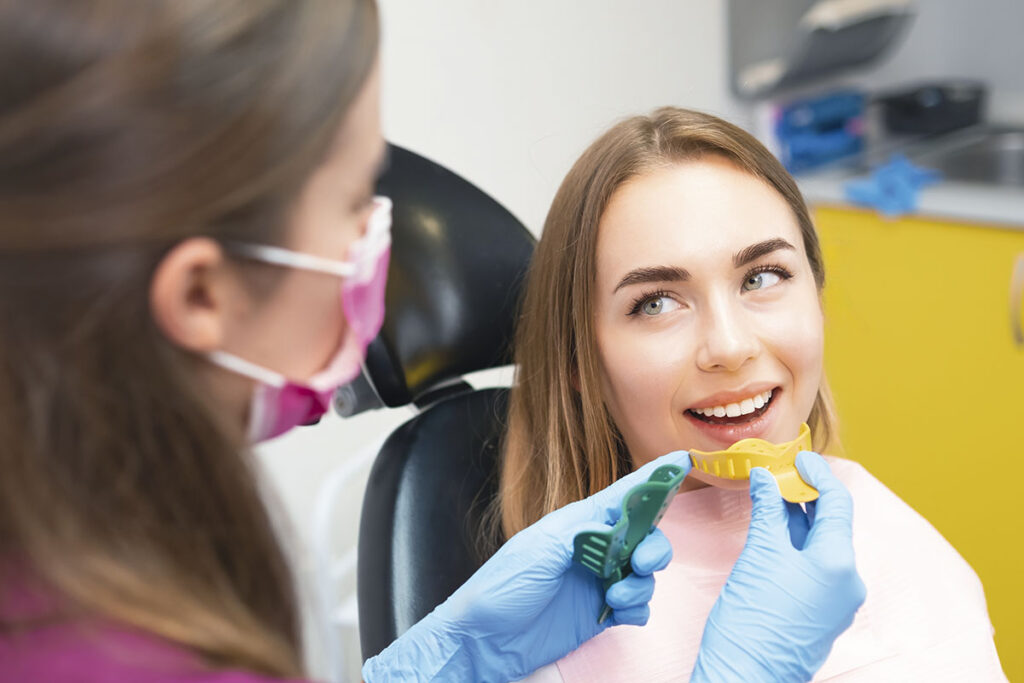
The future of orthodontics lies with eliners. They can already be recommended to most patients as a complete alternative to brackets
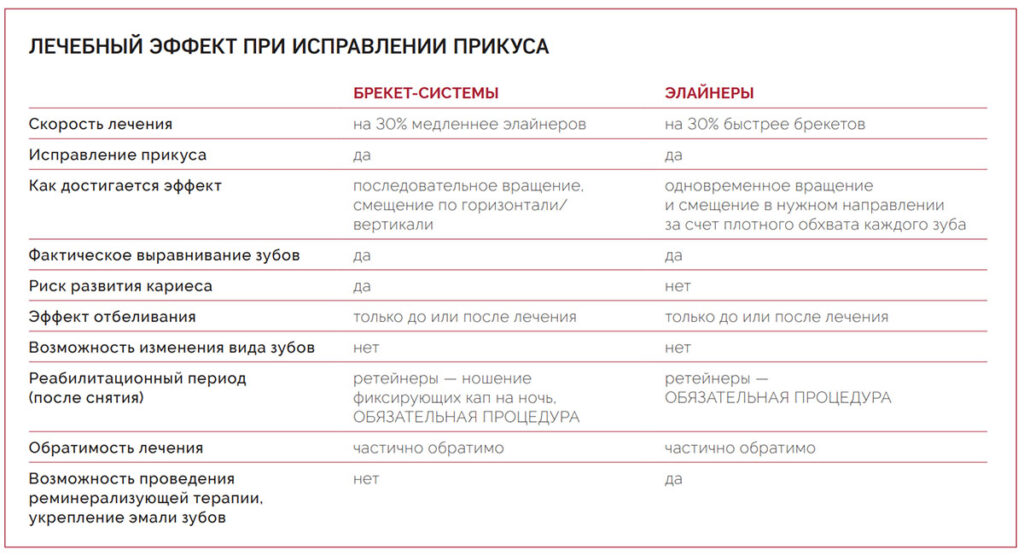
The first fixed orthodontic designs were thought up by French surgeon Pierre Fauchard in 1728. The metal strips were attached to the teeth with floss.
For more than a hundred years, this development was unchanged until the first physician called an orthodontist, Norman William Kingsley, began using extra-oral traction to correct the positioning of teeth in 1800.
DEPENDENCE OF BRACKET WEAR TIME ON MATERIAL AND TYPE
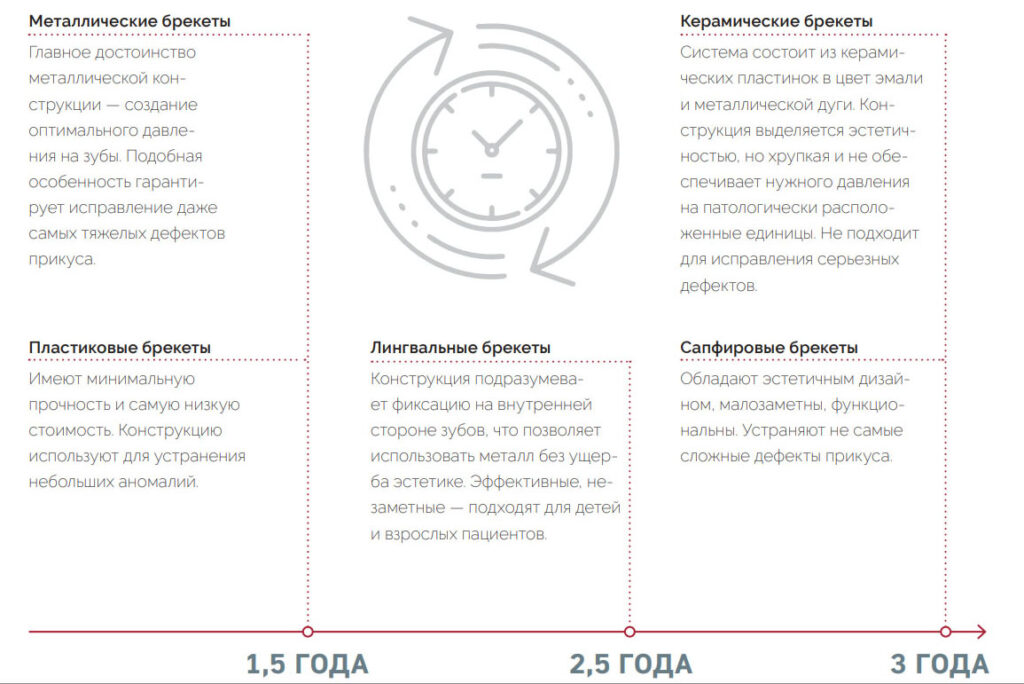
PATIENT GUIDANCE
- With braces, the most important thing is thorough oral hygiene.
- Brushing your teeth should be done after every meal. It is very desirable to do this not only with a regular toothbrush, but also with a special brush for braces.
- Its not unreasonable to get a home irrigator and mouthwash
- For best hygiene control, it is advisable to have your teeth professionally cleaned periodically by a dentist.
- While wearing a bracket system, the patient is advised to avoid hard foods (e.g., nuts), which can damage the individual elements or cause them to chip, deform and peel from the teeth
- Eliners are easier – they are removed for brushing and eating. You should be sure to brush your teeth and rinse your mouth before wearing the eliner.
- Eliners should be worn for 20-22 hours a day.
- Store only in a special box.
- There are virtually no restrictions on food and drink. Only coloring drinks, as well as hot and too cold drinks are not recommended
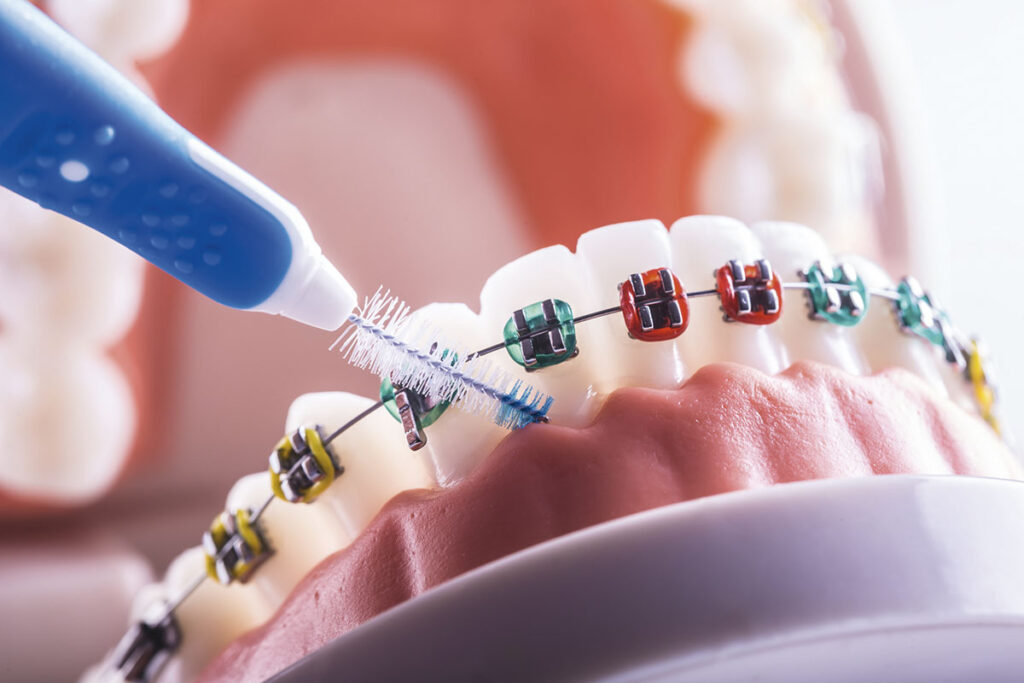
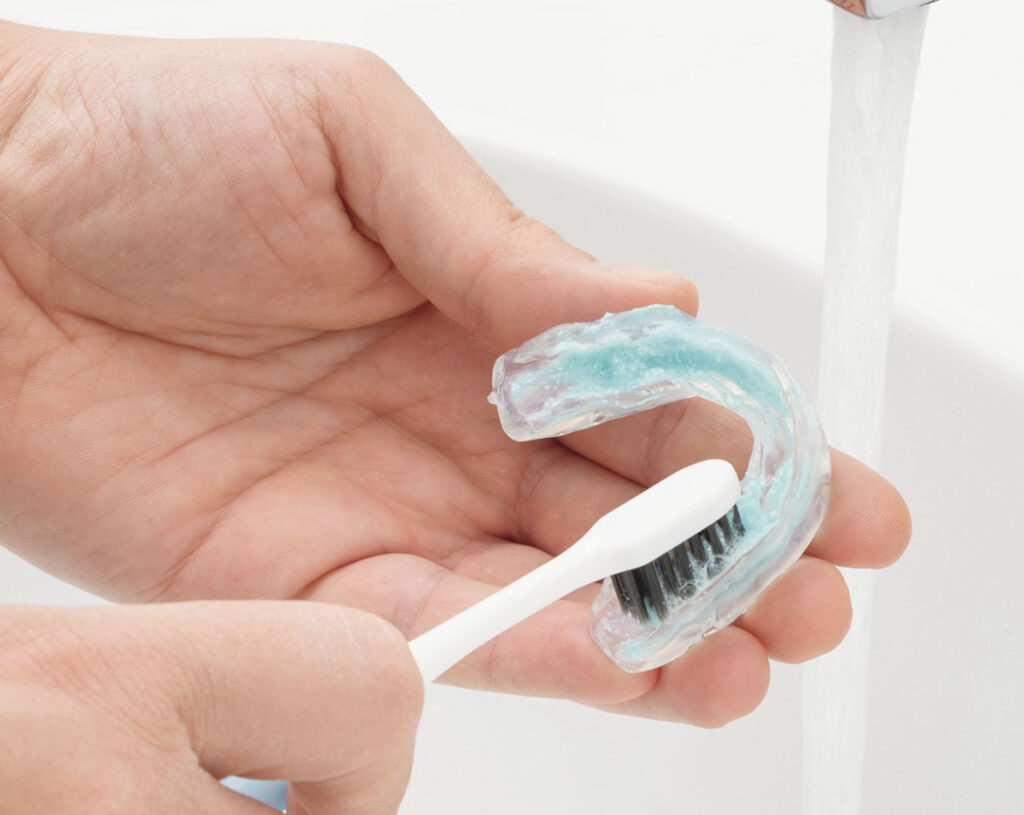
BRACKETS OR ELINERS
Bracket systems
+ Quickly corrects your bite when you use it.
– The main disadvantage of bracket-sysyems is that they are not removable.
– It is difficult for the patient to care for it and maintain oral hygiene.
– It consists of rigid elements that give a great load on the periodontium, which is associated with the risk of bone resorption and atrophy, trauma to the mucosa.
– There is always a risk that one of the elements will peel off the tooth or the arch will fall out, and the person will need to go to the doctor immediately. In addition, for many patients, a big disadvantage is the conspicuousness of the entire structure. After all, even if the brackets themselves are made of transparent material, the arch that goes through them is still visible against the background of the teeth.
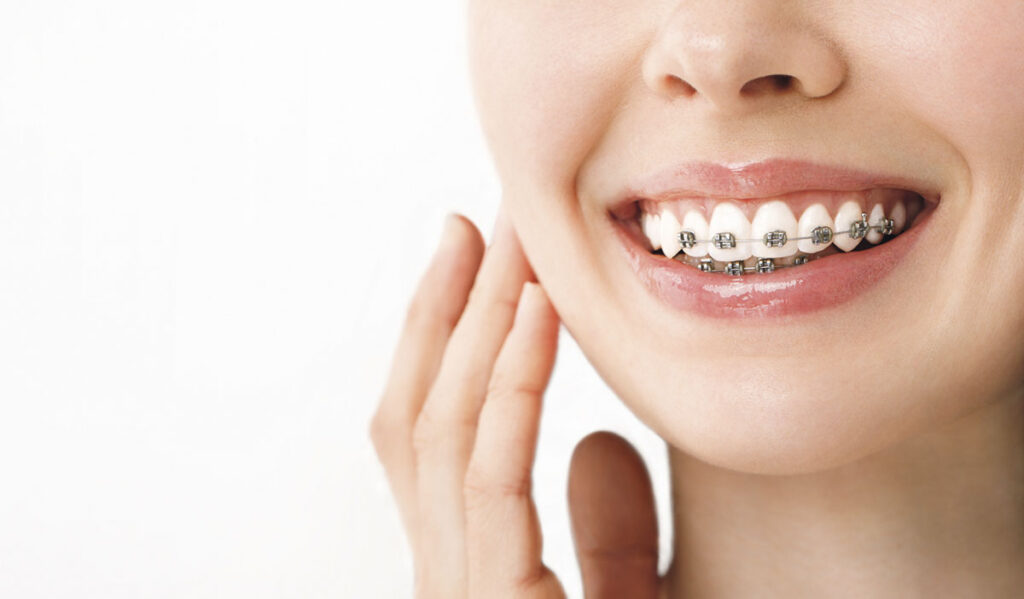
Eliners
+ Eliners are gentler on the periodontium of the tooth and much less traumatic to the periodontal tissues, making treatment more gentle and comfortable for the patient. There are virtually no risks of complications with eliners treatment.
– Possible deformation or staining of the mouthpiece if the patient does not follow the doctor’s recommendations and consumes hot or colorful beverages without removing the eliners.
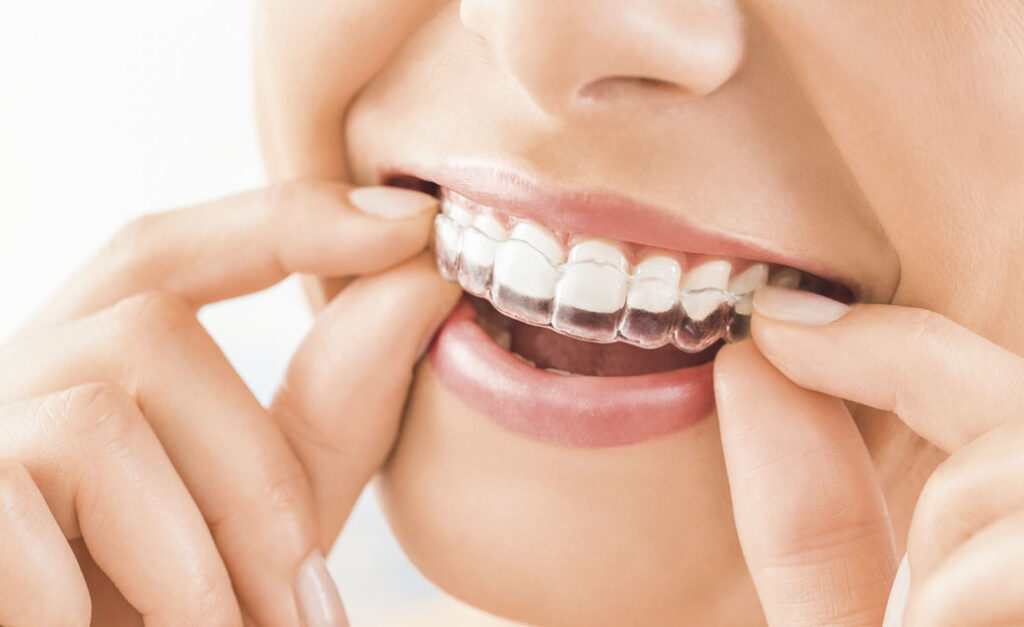
The choice of method depends on the qualifications and personal experience of the doctor and, of course, on the clinical situation – the nature and number of dental and skeletal anomalies in a given patient. Combined treatment is also possible: start treatment with brackets, achieve strategic alignment and switch to eliners. There are situations when it is necessary to do pre-orthodontic preparation with other instruments. For example, to do bone loosening, place appliances, expand the tooth row in the transversal plane and then switch to brackets and eliners.

